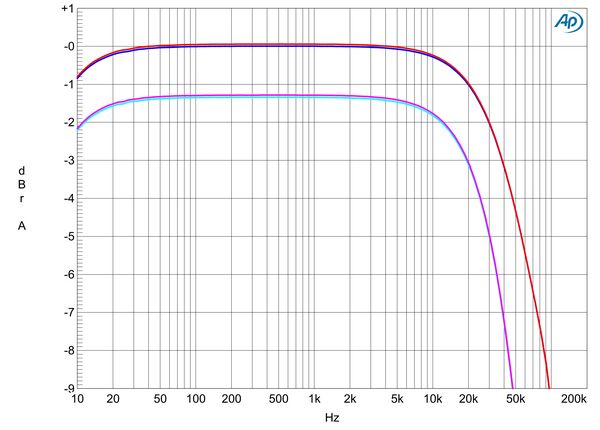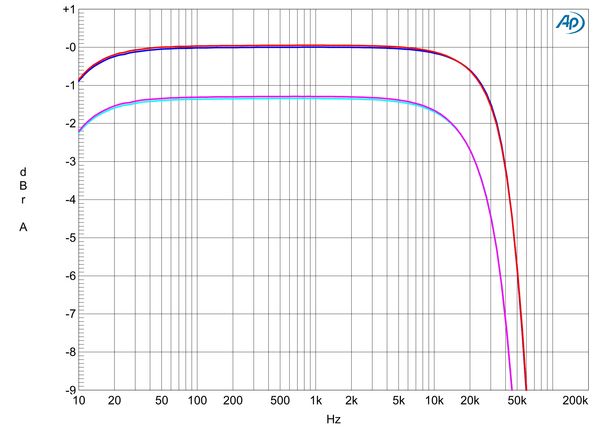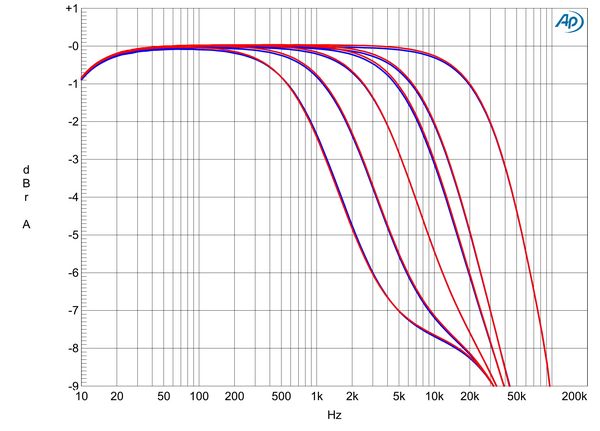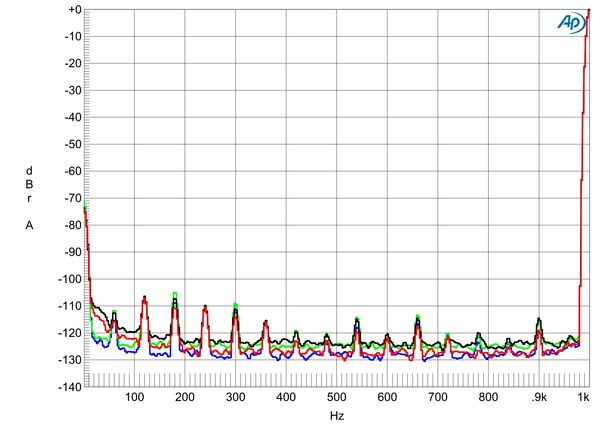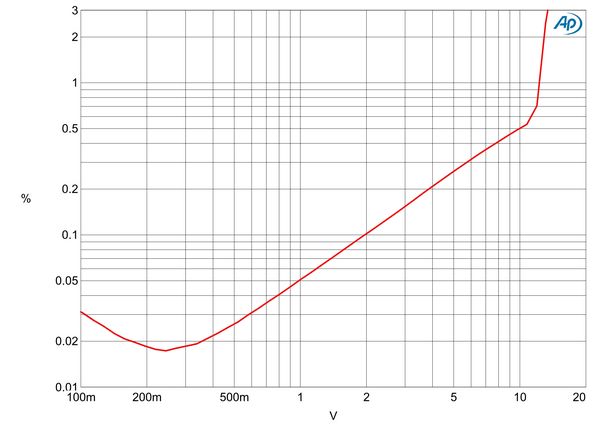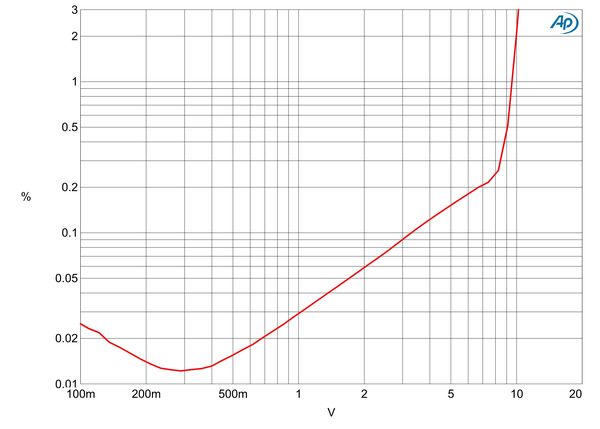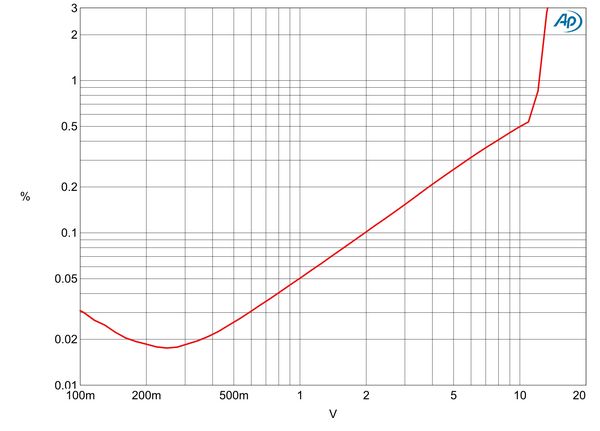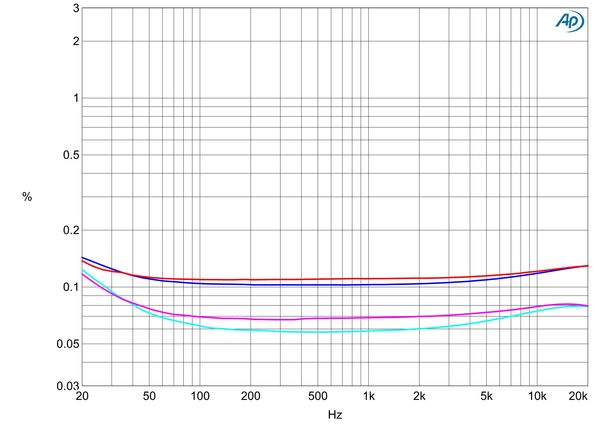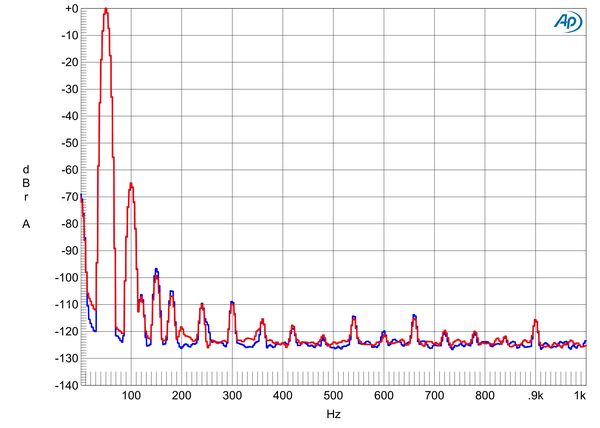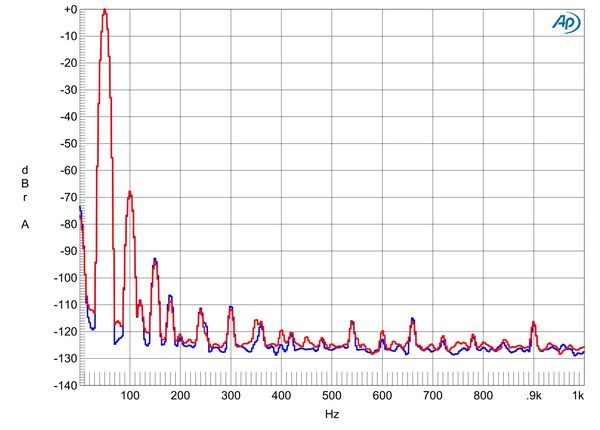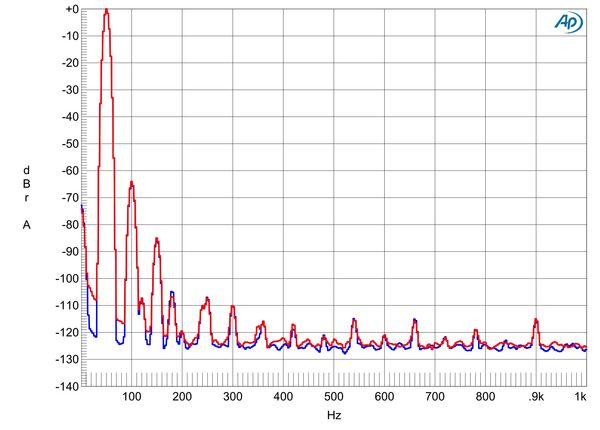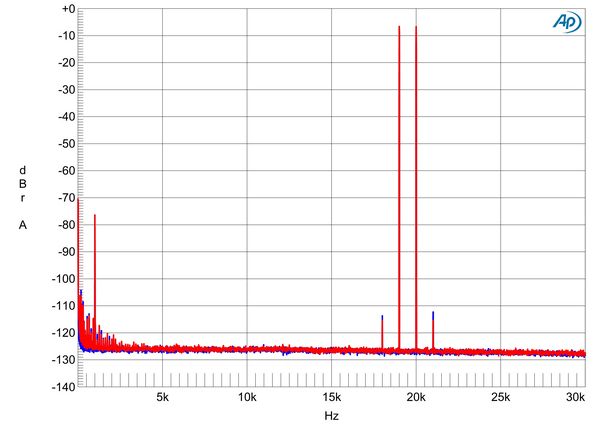| Columns Retired Columns & Blogs |
The preamp costs 11K US. "A small, nine-button plastic remote handles input, volume, "Presence," mute, mono, and gain." Why do so many costly upscale bits of hi end equipment come with cheap remotes? Is this one even backlit? It always reflects negatively on the perceived value of a component. You don't get faux leather seats in an upscale Honda.
